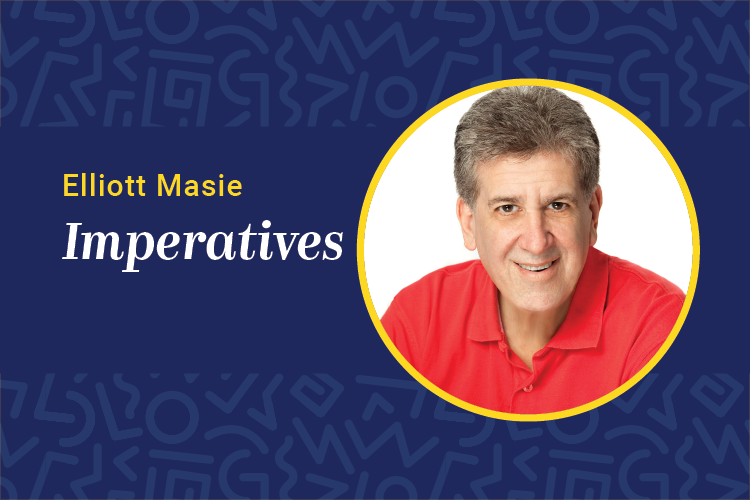I am a nano-learner. What does that mean? Each day, I learn several things in small chunks. Really small chunks. A 90-second conversation with an expert triggers a huge “a-ha.” A few moments concentrating on learning how something works leads to a new micro-skill. What’s more, I am not that unusual. Most people acquire most of their knowledge in smaller pieces.
I’d like to advocate nano-learning. This is the analog and cousin of nanotechnology, the exciting field of miniaturized inventions, from microcameras that we can swallow for real-time internal images to innovative drugs that work at a molecular level to attack just the cancer cells that have our DNA. Nano-learning concepts can be similar—find ways to design, distribute and utilize really small elements of learning.
Most instructional designers’ eyes get glassy when they hear me suggest that we should have a role in the design of three-minute or shorter learning elements. Yet that is exactly what nano-learning is all about. Here are some examples of what a nano-learning element might be:
- Medical nano-learning: Two-minute update module to physicians with the latest research content and context about a specific pharmaceutical. While this could just be a text memo, why not apply instructional design principles? We could create a compelling 120-second nano-learning experience that includes an illustration, a short video clip and even a comprehension check. What if licensing regulations evolved so that doctors had to show ongoing “currency” with the nanolearning elements related to the specialty or their pattern of drug prescription?
- Leadership nano-learning: Imagine if a leadership candidate in a corporate succession program received one or two small learning elements every day. These would be based on their career development goals or changing business realities. In this case, the nanolearning might be a collaborative element, such as a question posed by the CEO asking for a one-minute reaction from each leadership candidate. Think of the level of corporate engagement and perspective that could flow from this.
- Customer nano-learning: A store sells a bicycle to a family. The family needs to do a small amount of final assembly when they get home. What if there were a series of short nano-learning choices for them, organized by their level of skill or comfort, which would take them through the assembly process?
- Tourism nano-learning: As I drive into a new area, I am hungry. I want a meal, and I want knowledge of this new area. What if my car’s global positioning system (GPS), combined with wireless technology, could offer me a set of nano-learning options to teach me about the history of the region or summarize the reviews of restaurants in the area?
- Coaching nano-learning: Before you think that all nano-learning is about computerdelivered knowledge, let’s imagine its use by a coach. Marshall Goldsmith, one of the leading management coaches in the world, has his own nano-learning coaching assistance. Every day, a graduate student calls him and asks him the same 10 questions about how his day went. This just takes three minutes, but the interaction has huge behavioral reinforcement value for the “coachee.”
We have a unique opportunity to stretch our thinking about the size of our average learning project. Right now, most learning modules start at 15 minutes and often cover hours or days of involvement. But most learning moments are teachable moments. Malcolm Knowles described the perfect teachable moment as the intersection of a small question with a great small answer. That is at the heart of nano-learning.
We can apply the art, science and technologies of education to the world of nano-learning. We need to combine a better appreciation of the effective TV advertisement and the compelling movie preview. Nano-learning could allow us to build extensive and shareable libraries of small elements that can be rated and ranked for effectiveness. Most of all, nanolearning can honor the fact that learning can and must happen every day—not just when we have the time to attend a class or take an elearning program.
Elliott Masie is the president of The Masie Center and the director of the Learning Consortium. He can be reached at emasie@clomedia.com.














